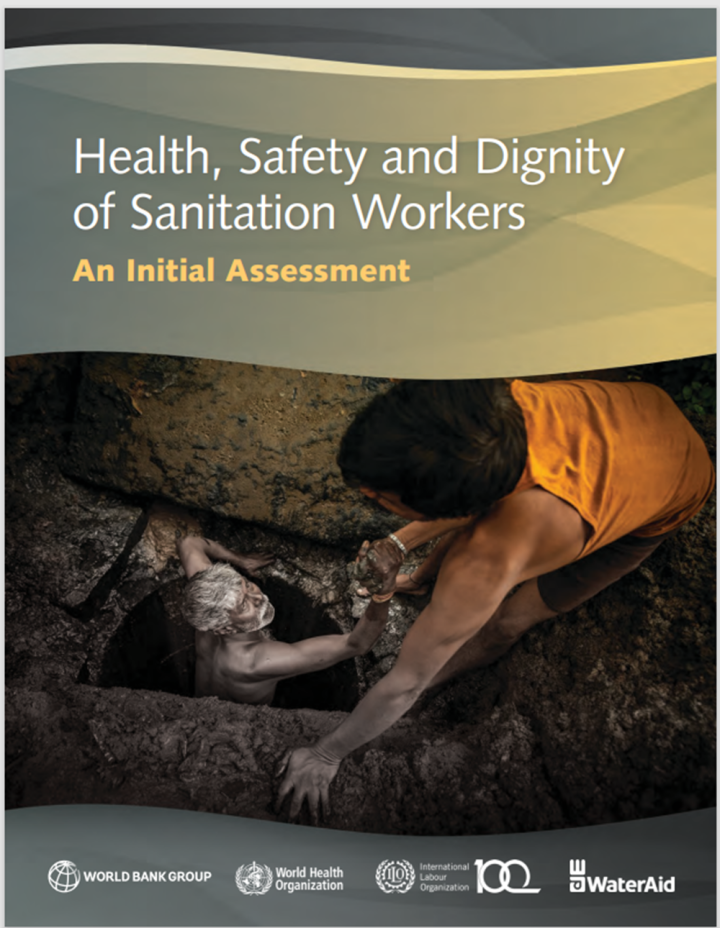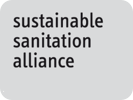Health, safety and dignity of sanitation workers World Bank Group, World Health Organization, International Labour Organization, Water Aid (2019)
"Sanitation workers provide an invaluable service that many of us notice only when confronted with locked, blocked, or filthy toilets; overflowing septic tanks; or beaches contaminated with sewage. These workers are vital to the proper functioning of the sanitation systems that underpin daily life, and many more ae needed to achieve the ambitious agenda of Sustainable Development Goal (SDG) 6.
Yet sanitation workers are often invisible and too often subject to conditions that expose them to the worst consequences of poor sanitation: debilitating infections, injuries, social stigma, and even death in their daily work. Workers’ rights need to be recognized; workers need freedom and support to organize as a labor force; and their working conditions need to be improved and progressively formalized to safeguard health and labor rights to ensure decent working conditions, as called for by SDG 8.
The World Bank, World Health Organization (WHO), International Labour Organization (ILO), and WaterAid have joined forces in the year of “no one left behind” to shed light on this neglected issue. This report, the most extensive global exploration of the topic to date, analyzes the problems, explores good practices, and sets out actions to improve the health, safety and dignity of sanitation workers."
Bibliographic information
World Bank Group, World Health Organization, International Labour Organization, Water Aid (2019). Health, safety and dignity of sanitation workers International Bank for Reconstruction and Development / The World Bank
Filter / Tags
Health and hygieneResearch publicationsEnglish

